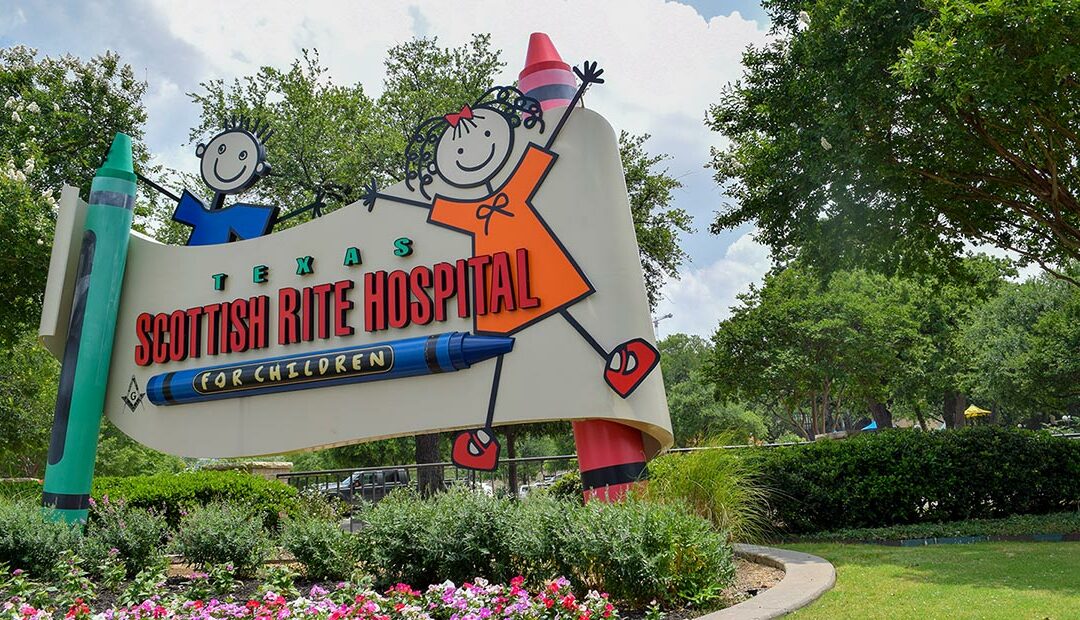After summer break, many kids will be screened for scoliosis. Here is some information that you should know about the process:
- What is scoliosis? Scoliosis is a progressive condition causing the spine to curve or twist into a “C” or “S” shape.
- What causes scoliosis? The most common form of scoliosis is idiopathic, meaning there is no known cause. Despite some popular beliefs, scoliosis does not result from carrying heavy items, athletic activity, sleeping/standing postures, or minor lower limb length discrepancies. Researchers at Texas Scottish Rite Hospital for Children identified the first genes associated with idiopathic scoliosis and hope the discovery will one day lead to identifying the cause of the spinal curvature.
- How is it diagnosed? Scoliosis usually occurs in early adolescence (5th – 9th grade), becoming more noticeable during a growth spurt. The child’s physician or school nurse will screen for scoliosis by having the child perform the Adam’s Forward Bend Test to look for any unevenness or abnormalities in the shoulders, ribcage or back. They can also screen using a device called the scoliometer or by taking an X-ray.
- Treatment: If your child has been told they have a curvature in the spine, their physician or school nurse can refer them to a health care provider such as Texas Scottish Rite Hospital for Children. From there, the physician will find the proper treatment method for your child.
- Note: Approximately 5 percent of the patients referred to Scottish Rite Hospital will need treatment:
- 50 percent – are determined not to have scoliosis and are released from care
- 45 percent – need observation
- 2 percent – need a brace
- 3 percent – need surgery
Watch this video from our Assistant Chief of Staff Dr. Karl Rathjen.

